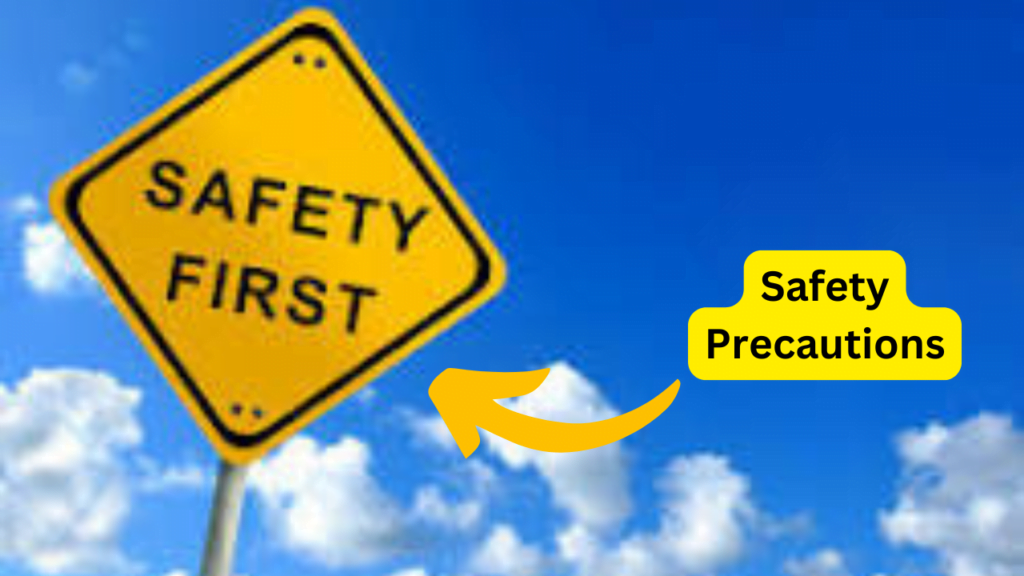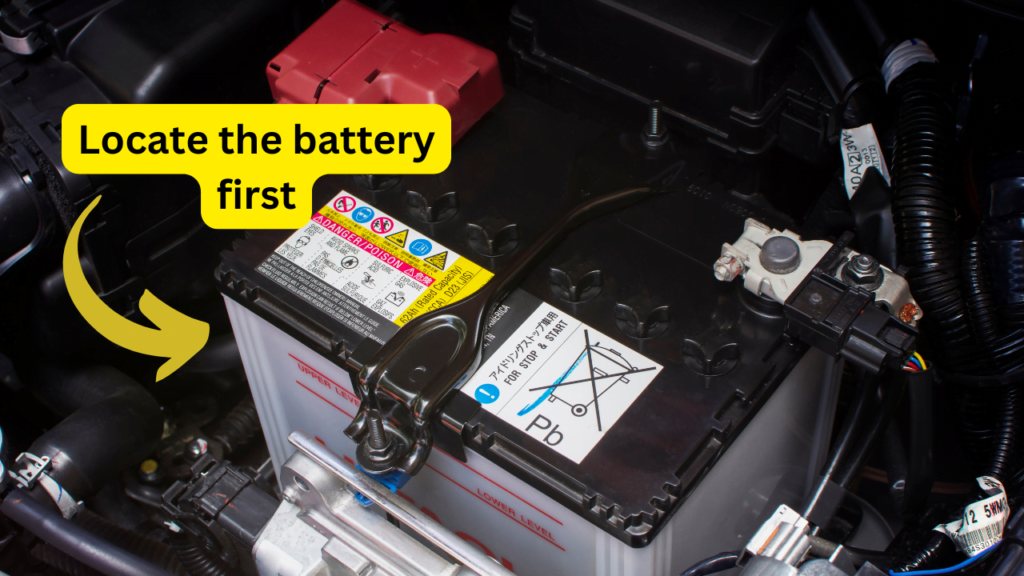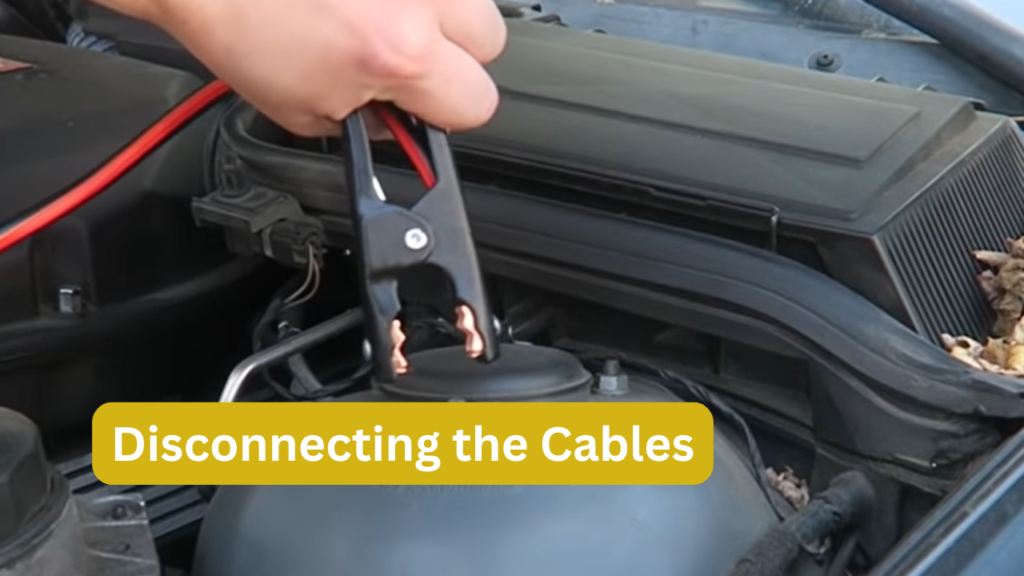Ever been stuck with a dead car battery and no one around to help? I have, and it’s not a great feeling. But the good news is that learning how to jump start a car by yourself is easier than you think. Once you know the basics, you won’t have to rely on someone else when your battery decides to quit on you. Looking for a compact jump starter? See our top picks for lithium-ion jump starters.
What Does a Car Battery Actually Do?
A car battery is more than just a power source to get your car started. It’s a rechargeable energy hub that powers all your vehicle’s electrical systems. From starting the engine to running the lights and windows, the battery is at the core of your car’s operation.
But here’s the thing: even a good battery can go flat. It might be because you left the lights on, or maybe the alternator isn’t charging the battery properly. Either way, you’re stuck unless you know how to jump-start it. Curious if a hybrid vehicle can jump-start a regular car? Read more about it in our detailed guide on hybrid vehicles and jump-starting.
How Do You Know if Your Battery Is Dead?
The signs are usually pretty clear. Your car might crank slowly when you turn the key, or the dashboard might flash the dreaded battery warning light. Maybe your lights are dim, or the windows are rolling up sluggishly. All of these point to a weak or dead battery.
Safety Precautions Before Jump-Starting a Car by Yourself

When I first learned how to jump start a car by yourself, I didn’t realize how important safety was. I thought it would be as simple as attaching a few cables and turning the key. But trust me, there’s more to it.
Dealing with a car battery can be dangerous if you don’t take the right precautions. Before doing anything, it’s crucial to think about safety first. Want to know if a car can jump-start a motorcycle? Explore the process in our guide on using a car to jump-start a motorcycle.
Always Wear Safety Gear
You never know what could happen when working with a car battery. Batteries can leak acid, which can be harmful to your skin and eyes. That’s why I always have a pair of gloves and safety glasses handy when I’m jump-starting my car.
If there’s ever a leak, you can use a battery acid neutralizer or mix baking soda with water. It’s also a good idea to keep a fire extinguisher nearby—just in case.
Check the Battery for Damage
Before you attempt to jump-start the car, take a good look at the battery. If it’s bulging, cracked, or leaking, don’t even think about jumping it. This could be dangerous. In cases like these, the best option is to call for help or replace the battery altogether.
Gather the Right Tools
Having the right tools makes the process smoother. Here’s what you’ll need:
- Jumper cables with clear positive and negative clamps.
- A portable jump starter (if no other car is available).
- Basic safety gear like gloves and safety goggles.
Step-by-Step Guide – How to Jump Start a Car by Yourself
Ever been stuck with a dead battery? It can happen to anyone, but knowing how to handle it makes all the difference. When your car won’t start, you don’t need to feel helpless. With a few simple tools and this guide, you’ll be back on the road in no time.
Locate the Battery

First things first, you’ll need to find the car battery. In most vehicles, it’s under the hood, but some cars hide it in the trunk or even under the rear seat. Check your manual if you can’t spot it right away.
Remember, you’re looking for the positive terminal (marked with a +) and the negative terminal (marked with a -). If they’re covered, gently remove the covers.
Connecting the Jumper Cables

Now comes the part that might seem tricky, but it’s simple once you know the order.
Take out your jumper cables. You’ve got two clamps on each end—red for positive and black for negative.
- Attach the red clamp to the positive terminal on the dead battery.
- Attach the other red clamp to the positive terminal on the working battery (or jump start terminal).
- Connect the black clamp to the negative terminal of the working battery.
- Finally, attach the last black clamp to an unpainted metal surface on the car with the dead battery. This could be part of the engine block or chassis.
Having trouble with your jump starter? Learn how to reset it in our guide on resetting a jump starter.
Starting Both Vehicles

Here’s the exciting part.
- Start the car with the good battery and let it run for a couple of minutes.
- Now, try to start the car with the dead battery.
Disconnecting the Cables

When the dead car’s engine is purring again, it’s time to safely remove the jumper cables. You’ll do this in the reverse order of how you connected them:
- Remove the black clamp from the metal surface on the car with the dead battery.
- Remove the black clamp from the working battery.
- Remove the red clamp from the working battery.
- Finally, remove the red clamp from the dead battery.
Letting the Car Run

To avoid needing another jump soon, leave the car running for at least 20 minutes. This lets the alternator recharge the battery enough for your next start. If you can, take the car for a short drive. This will give the battery more time to juice up.
Alternative Jump-Starting Methods
Have you ever found yourself with a dead car battery and no other vehicle around to help? It’s frustrating, but there’s a way to fix it. I’ve learned a couple of methods for jump-starting a car when you’re on your own. Let me walk you through them—simple, effective, and something you can easily do.
Using a Portable Jump-Starter
I always keep a portable jump-starter in my trunk. Why? Because it gives me peace of mind knowing I can handle a dead battery situation without needing help from anyone else.
To use a portable jump-starter, make sure it’s fully charged. Most devices have a battery level indicator to let you know if it’s ready to go. You’ll want to check this regularly so that it’s always ready when you need it.
Once it’s charged, here’s what I do:
- Turn off the car and the jump-starter.
- Connect the red clamp to the positive terminal of the battery.
- Connect the black clamp to an unpainted metal surface in the engine bay, away from the battery.
- Switch on the jump-starter.
- Start the car as usual.
That’s it. Once the car is running, I disconnect the black clamp first, then the red clamp, and turn off the portable jump-starter. Curious if a hybrid vehicle can jump-start a regular car? Read more about it in our detailed guide on hybrid vehicles and jump-starting.
Push-Starting a Manual Transmission
If your car is a manual, you’ve got another option—push-starting (or bump-starting) the car. It’s a little old-school, but I’ve done this a few times, and it works when you’ve got no other choices.
Here’s how I do it:
- Depress the clutch and shift the car into second gear.
- Turn the key to the “on” position, but don’t start the engine yet.
- Get the car moving—either by rolling downhill or with someone giving you a push.
- Once you’re moving at around 5 mph, quickly release the clutch. The engine should start right up.
Troubleshooting Common Mistakes
Ever tried to jump-start your car by yourself but it wouldn’t work? Here’s how to fix common issues and get back on the road.
Common Mistakes and Troubleshooting
- Wrong cable connections: Attach the red clamp to the positive terminal and the black clamp to a metal surface or negative terminal. Mixing these up stops the car from starting.
- Not enough charge: Let the donor car run longer if the car doesn’t start. Rev the engine slightly on the working car to boost the charge.
- Loose cables: Ensure both jumper cables are securely attached to the battery terminals.
- Battery dies again: If the car starts but dies shortly, the alternator could be failing.
- No success: After multiple tries, you may need to call a tow truck or replace the battery.
Safety Guide for Jump-Starting a Car by Yourself
Do’s for Jump-Starting a Car:
- Wear gloves and safety glasses.
- Attach red clamp to positive terminal.
- Use a clean, metal surface for ground.
- Turn off both cars before connecting cables.
- Check battery for damage before starting.
Don’ts for Jump-Starting a Car:
- Don’t jump a cracked or leaking battery.
- Don’t let clamps touch metal surfaces.
- Don’t cross the red and black cables.
- Don’t leave cables loose while connected.
- Don’t stand too close during the jump.
Final Words:
Knowing how to jump start a car by yourself can really make a difference when you’re stuck with a dead battery and no one around to help. With a little practice, you’ll feel more confident handling it on your own. Whether you use jumper cables or a portable jump starter, the process is simple and safe when done correctly.
